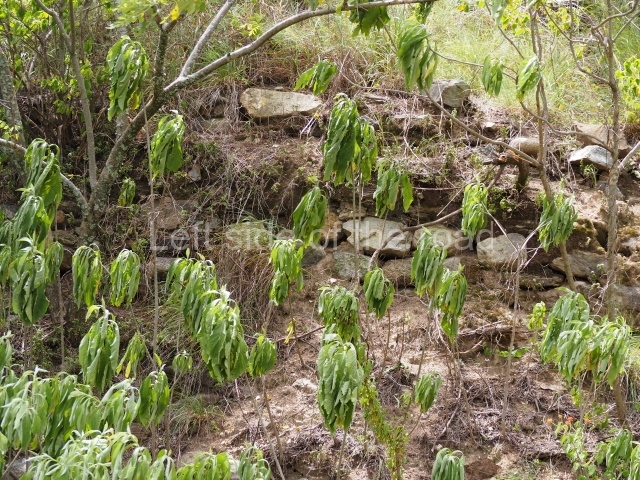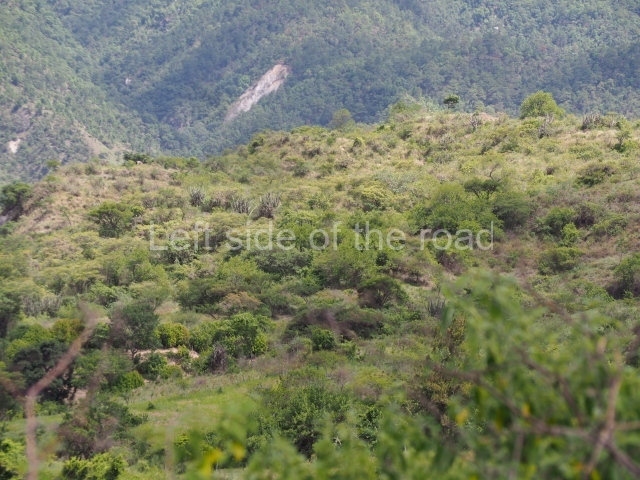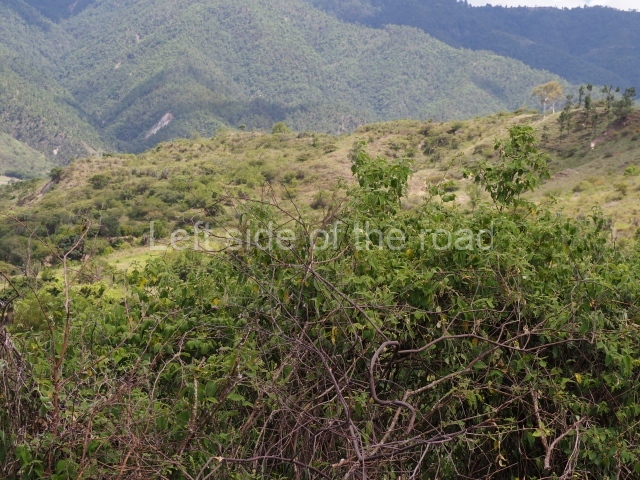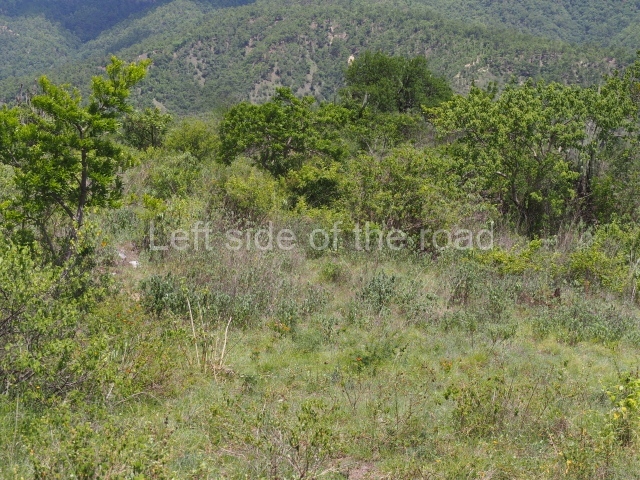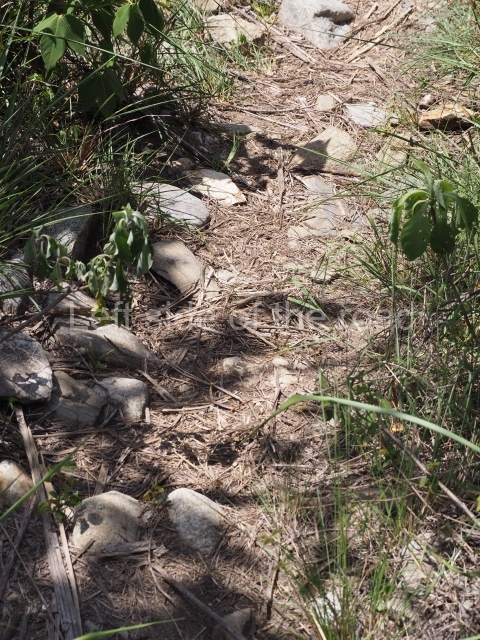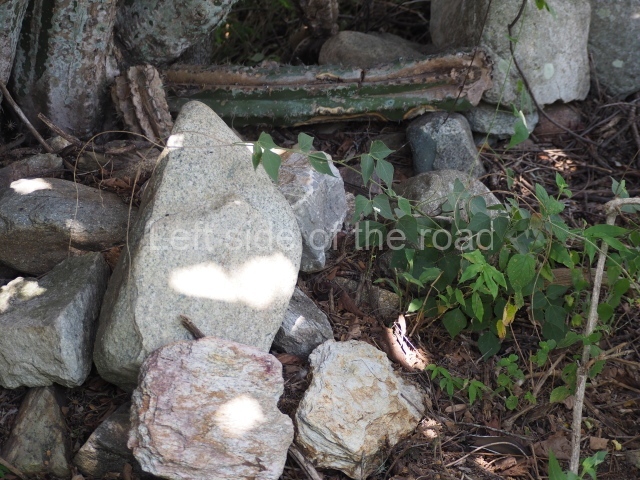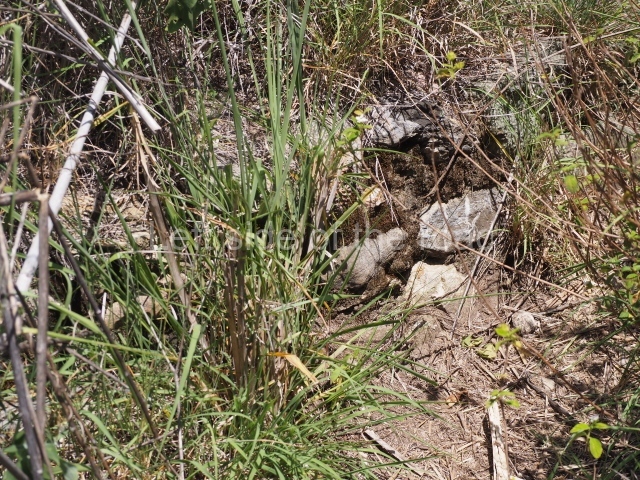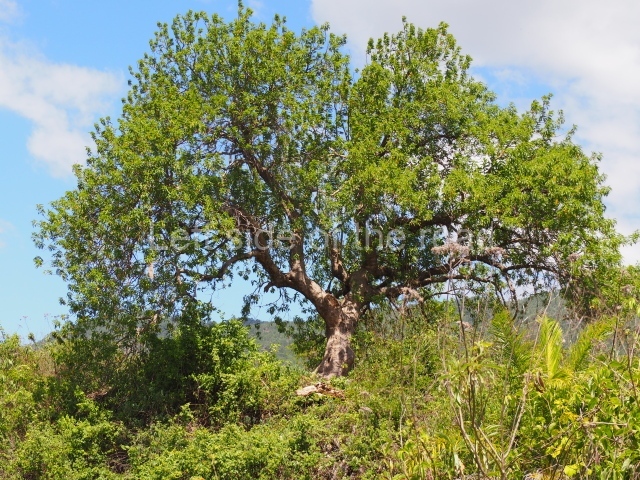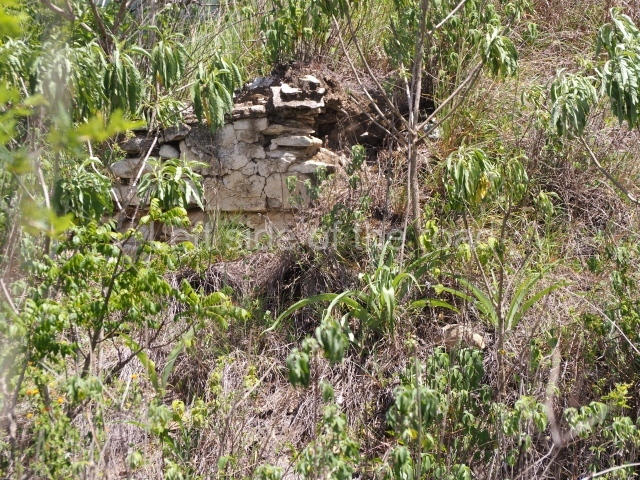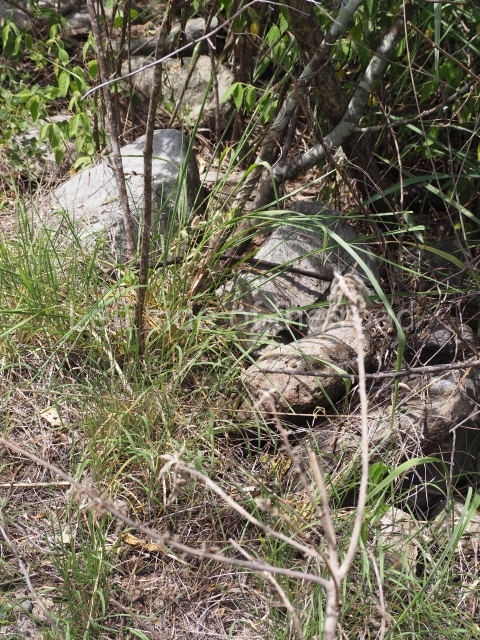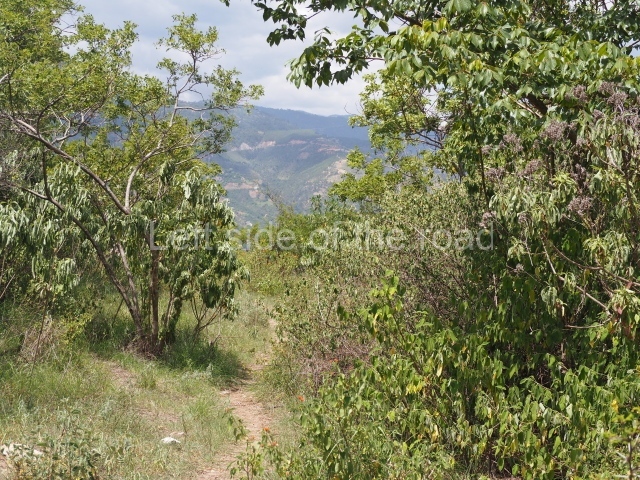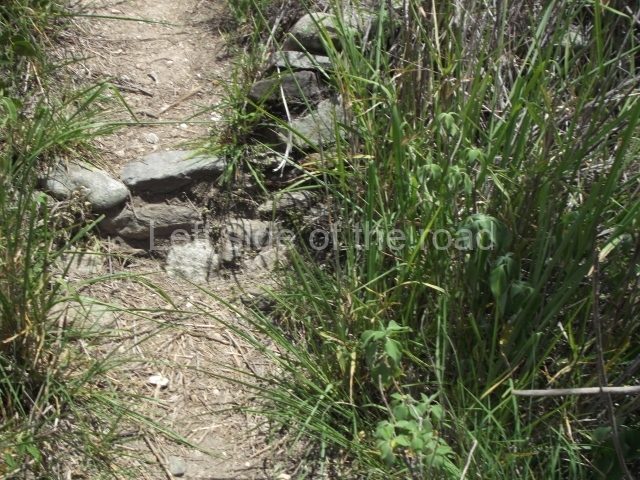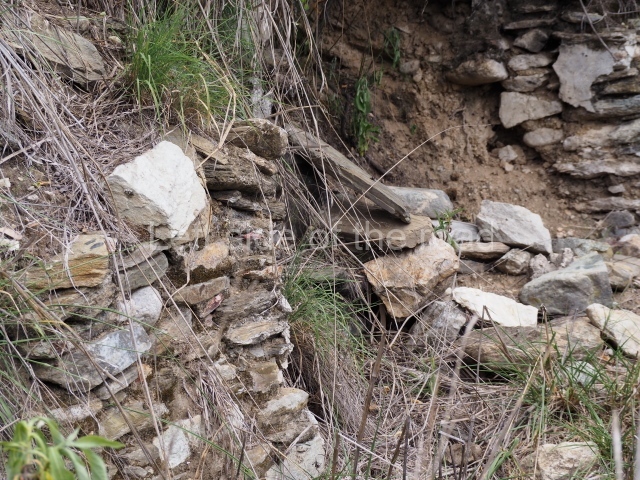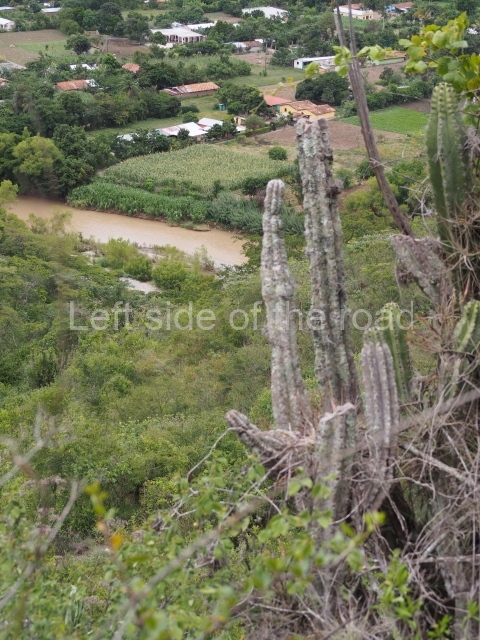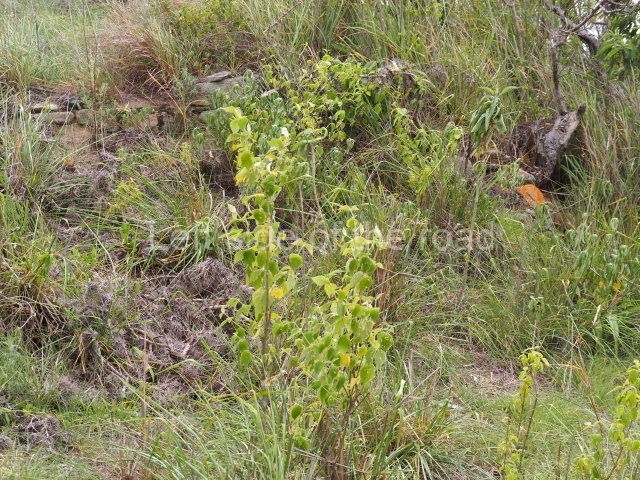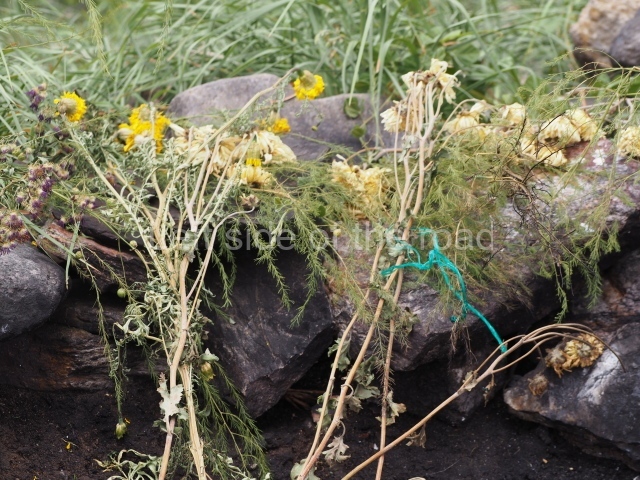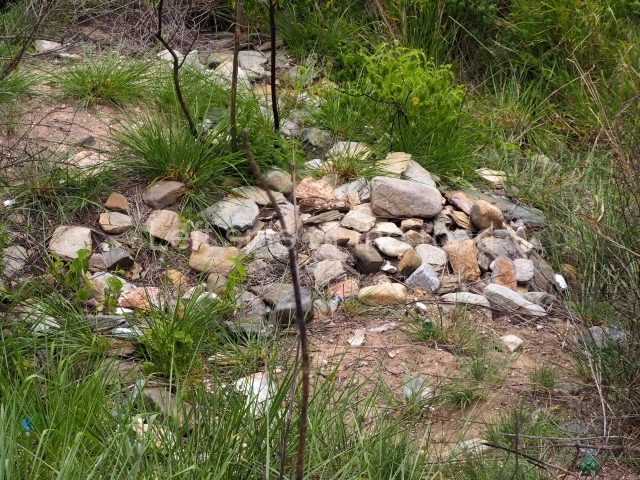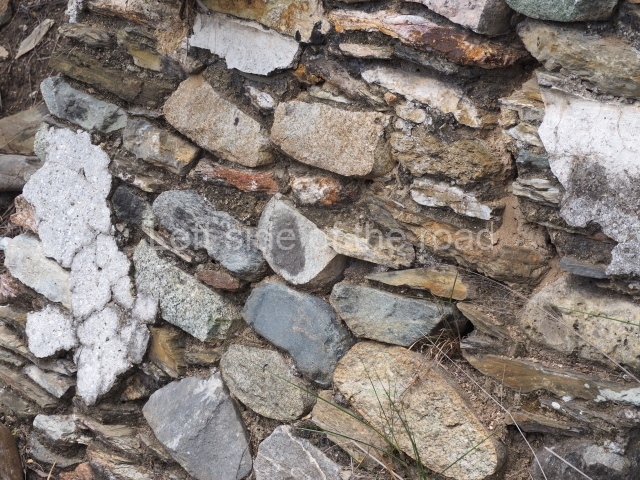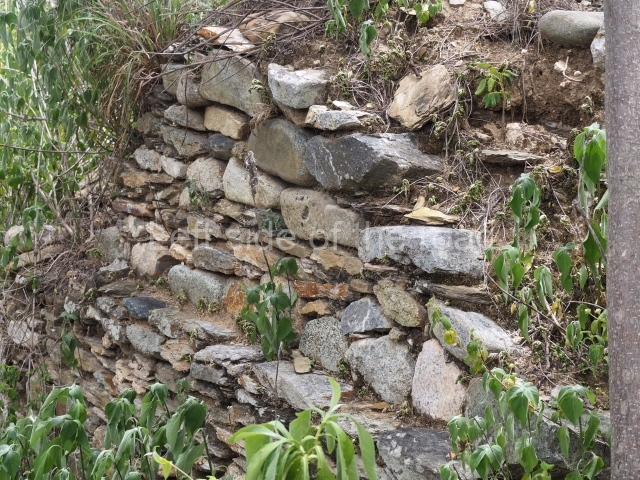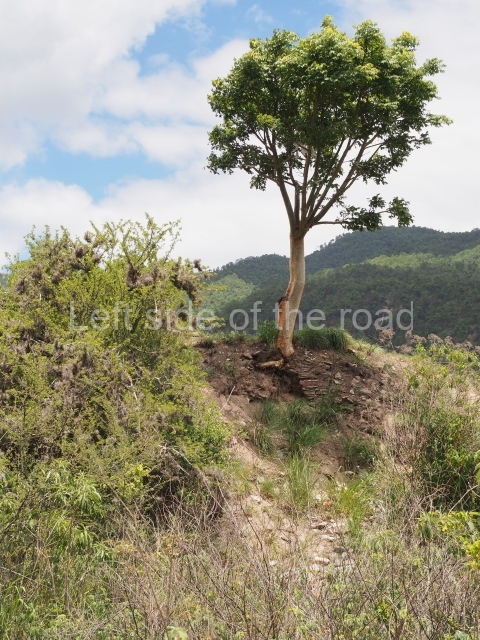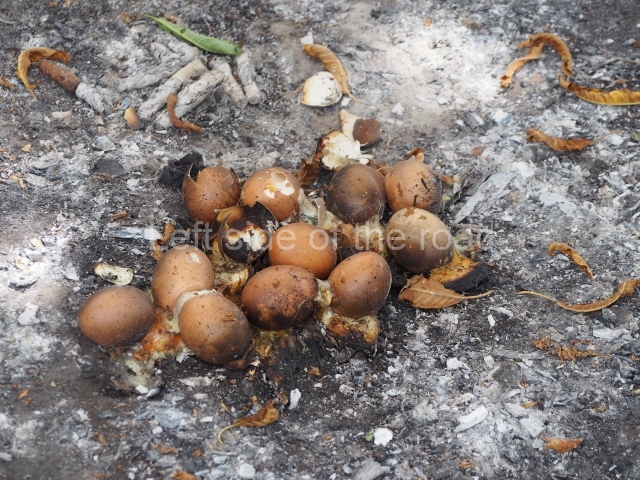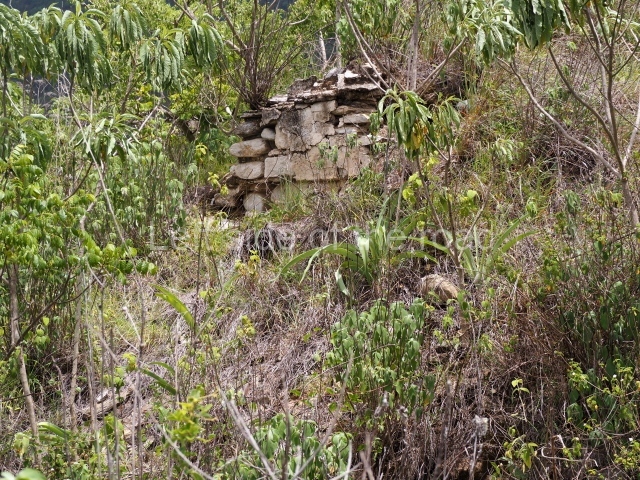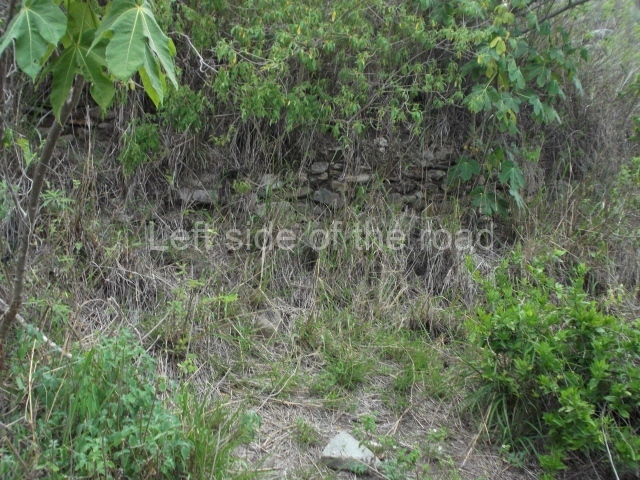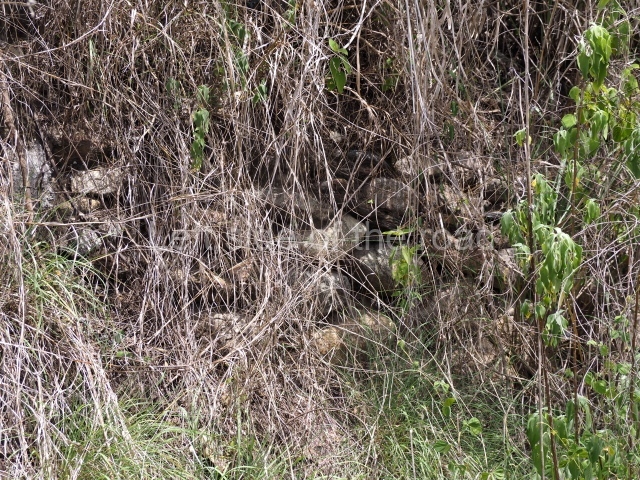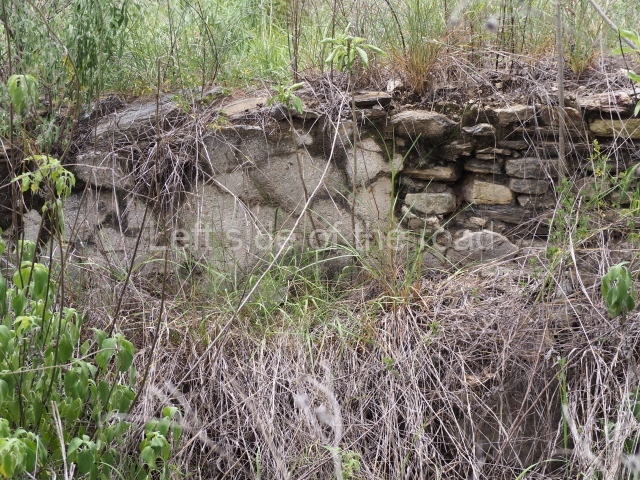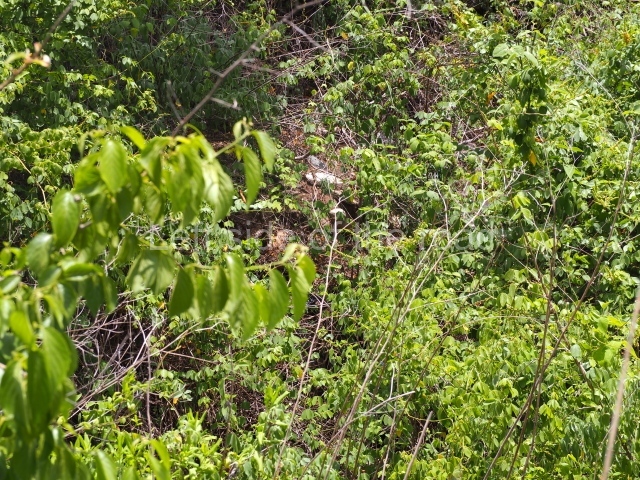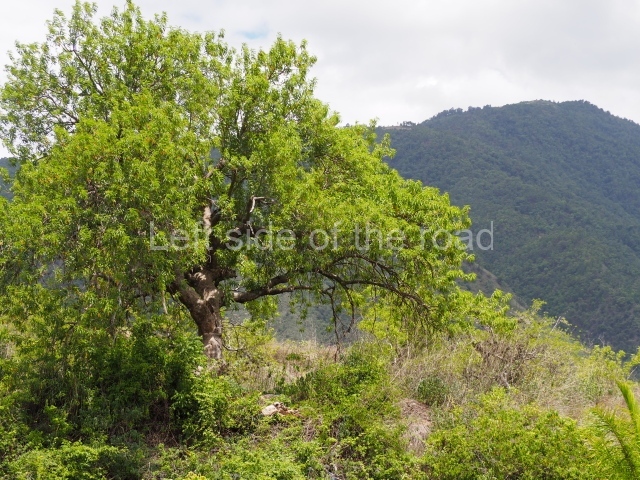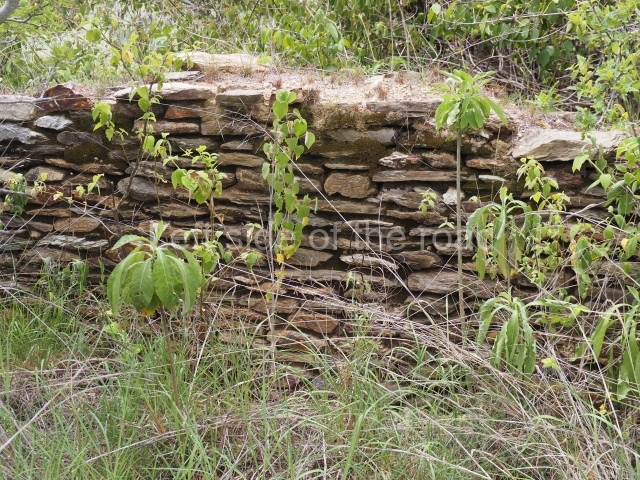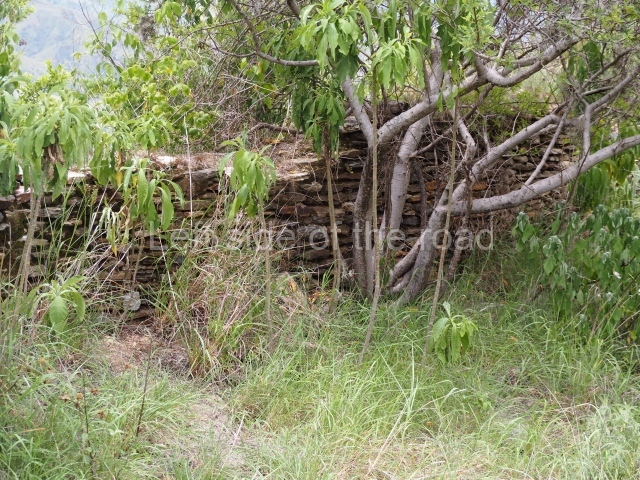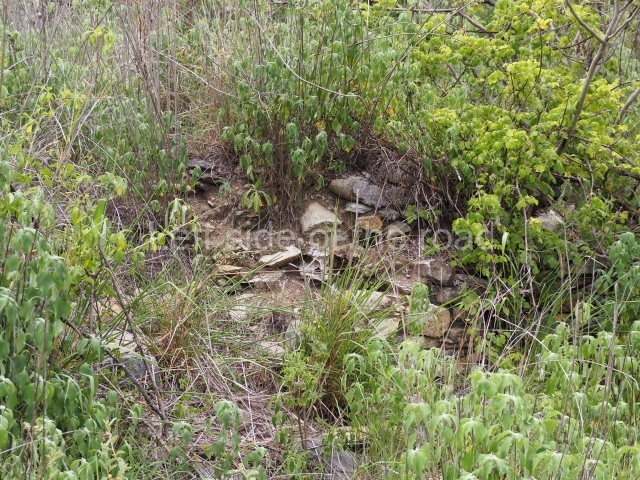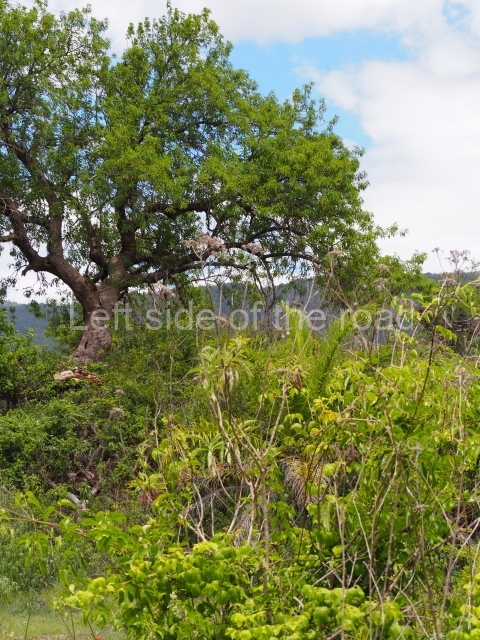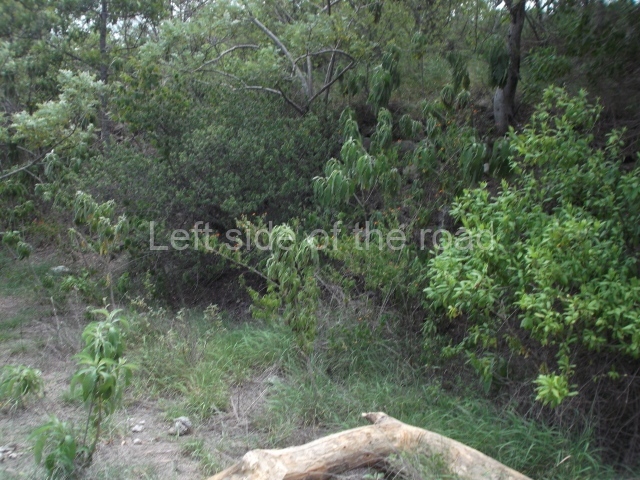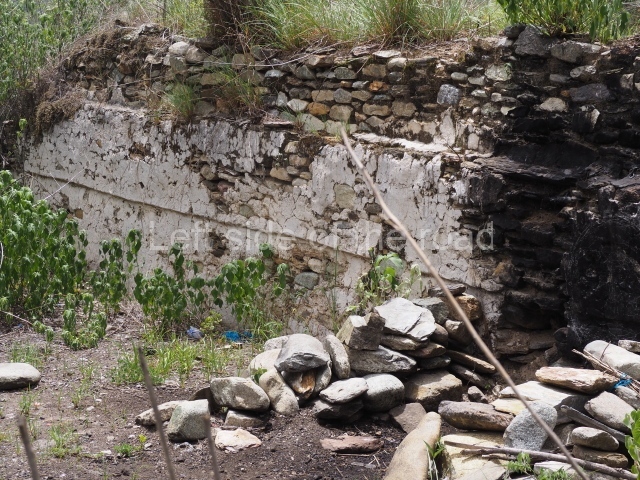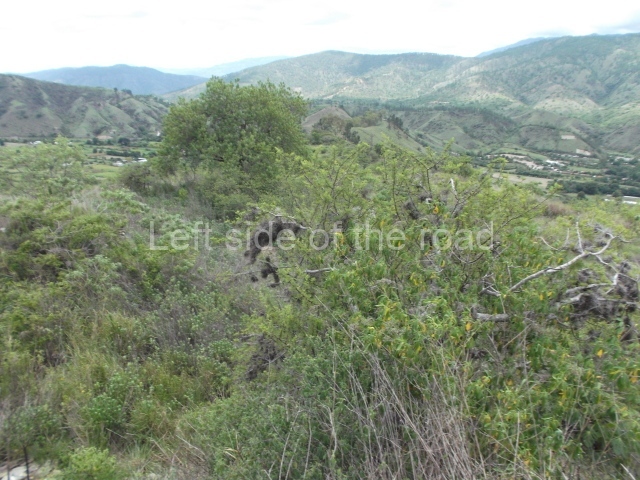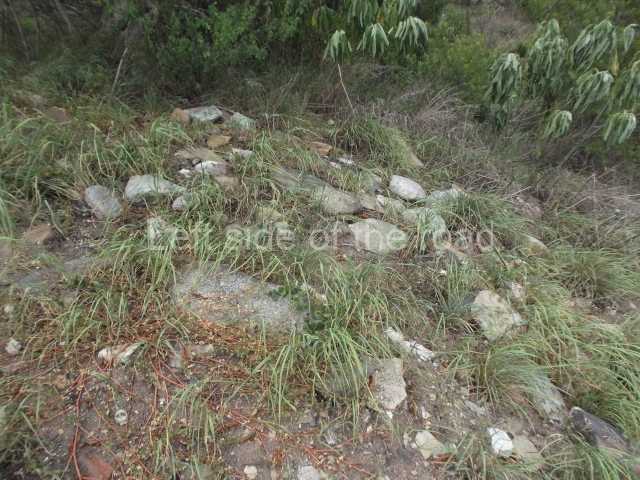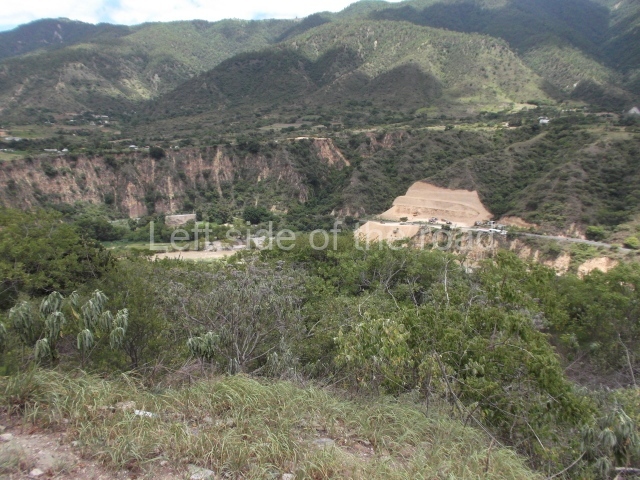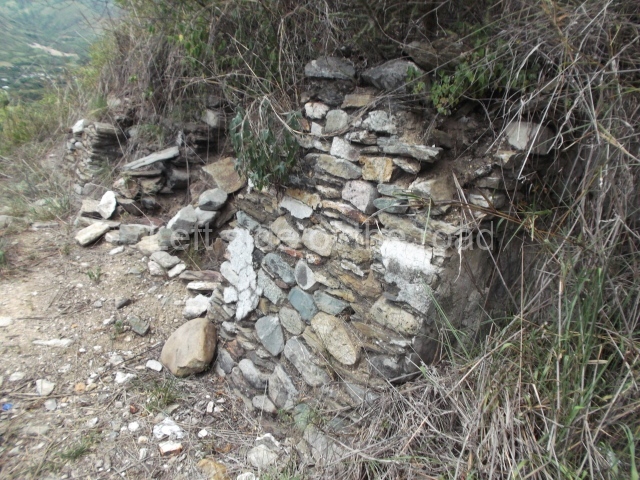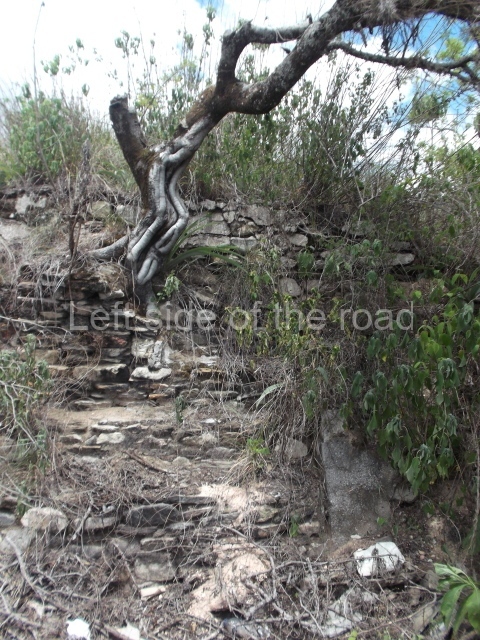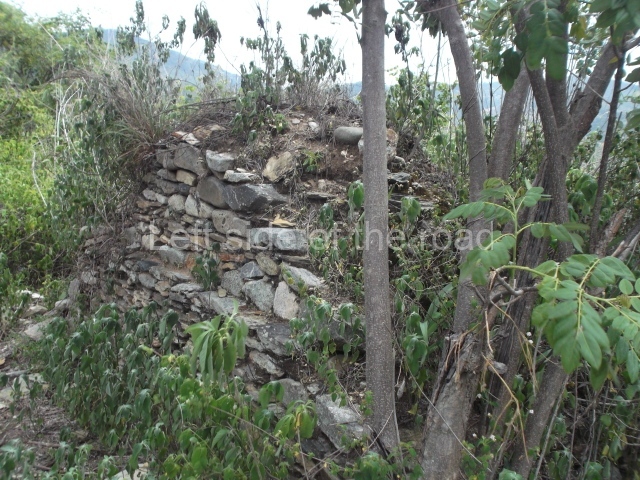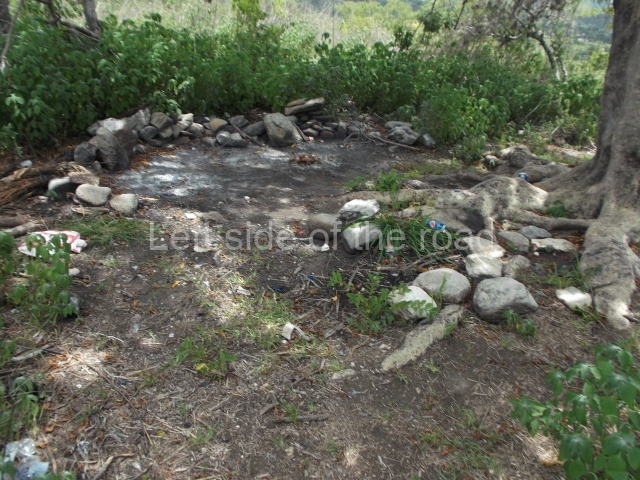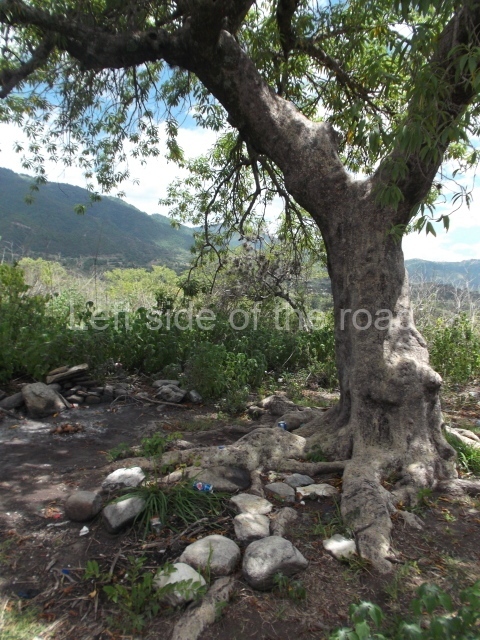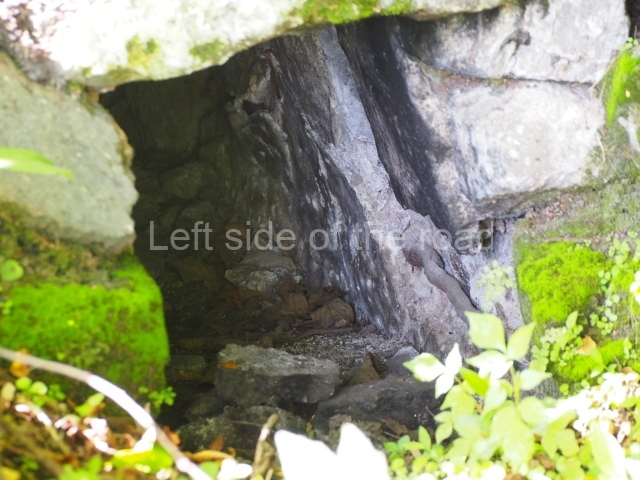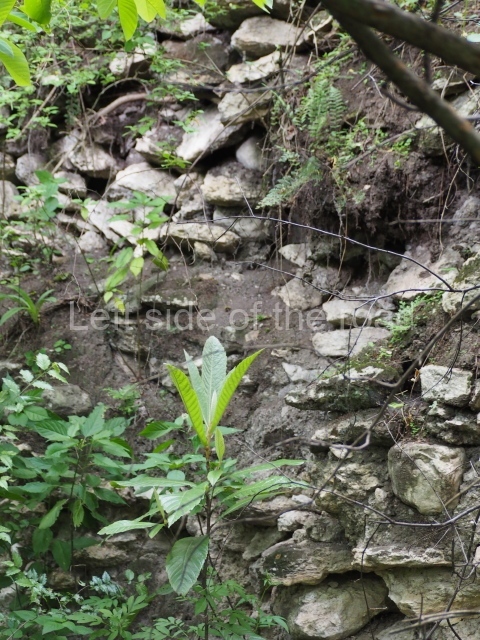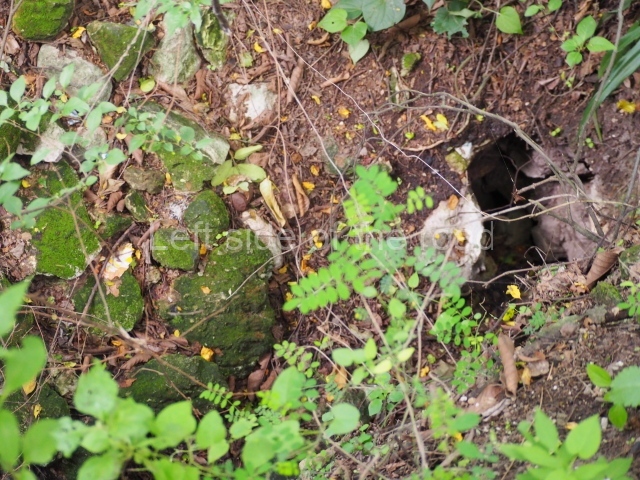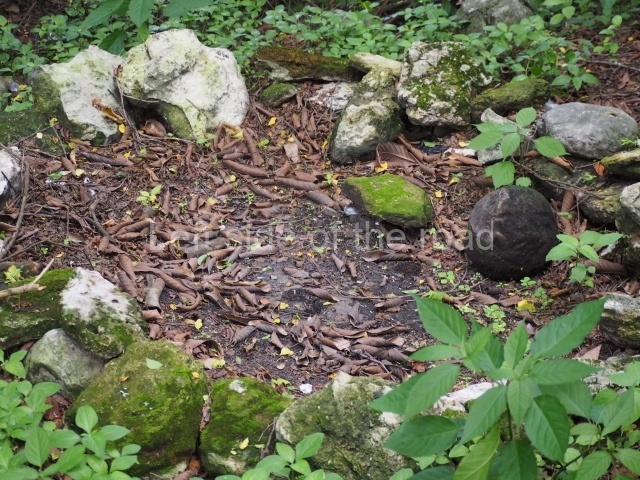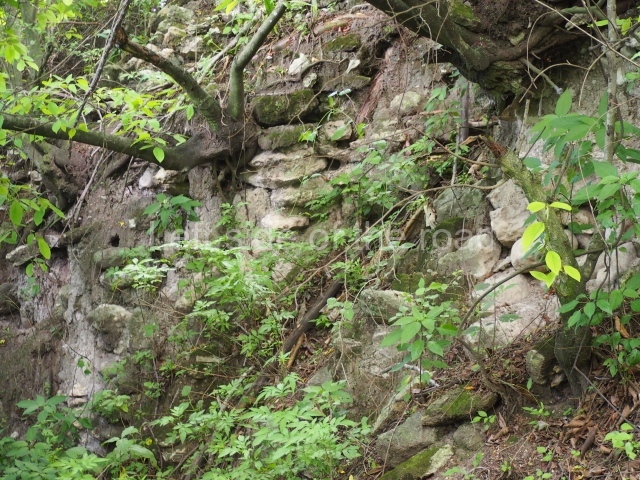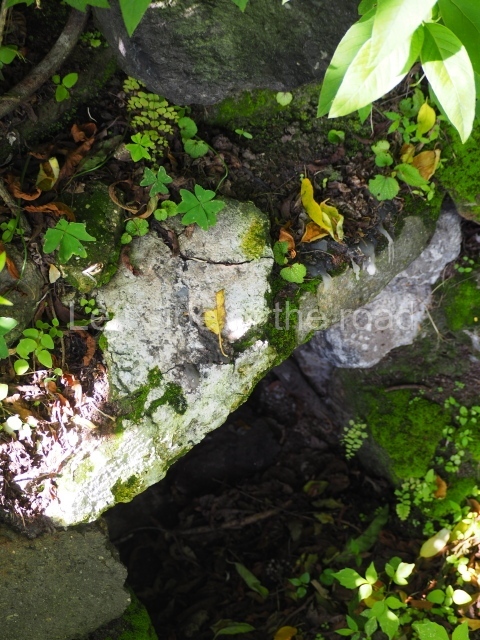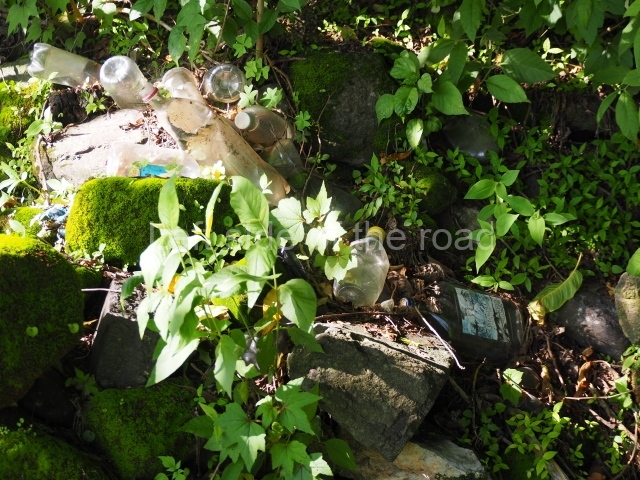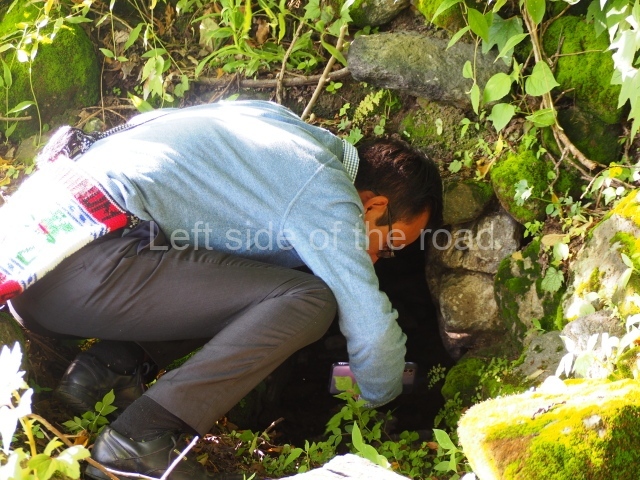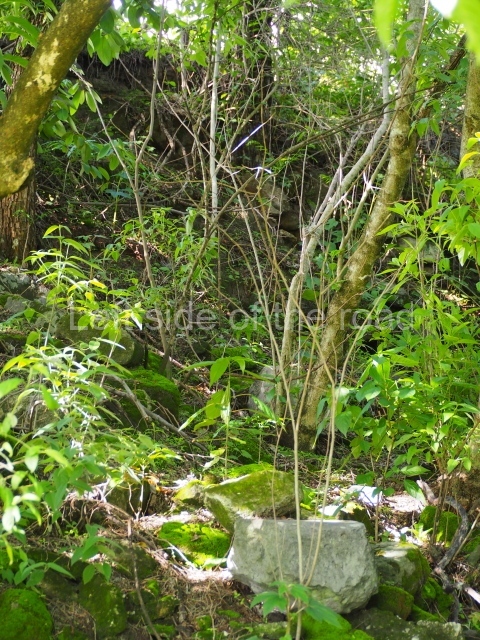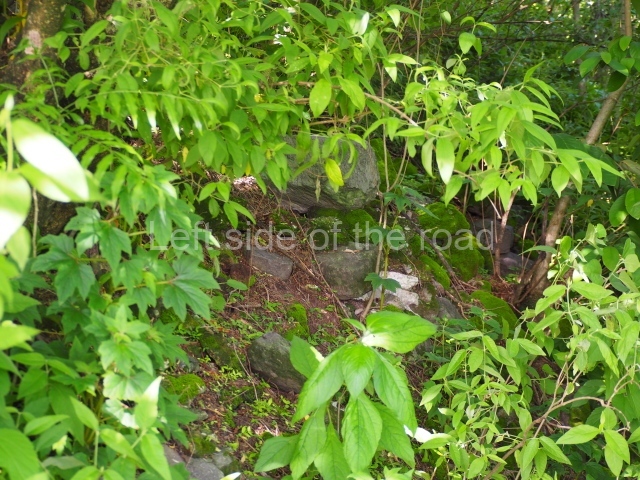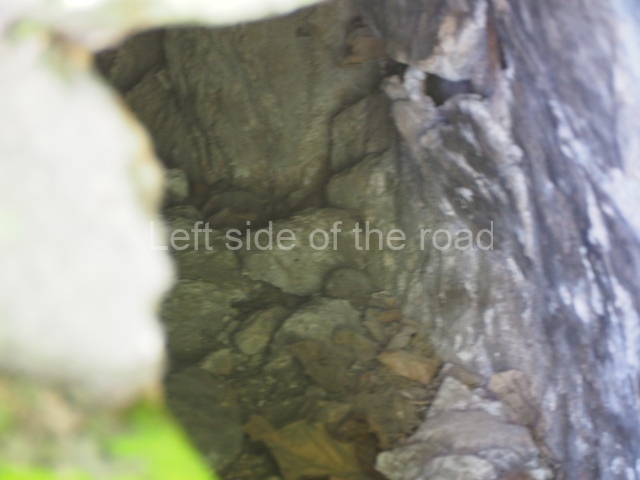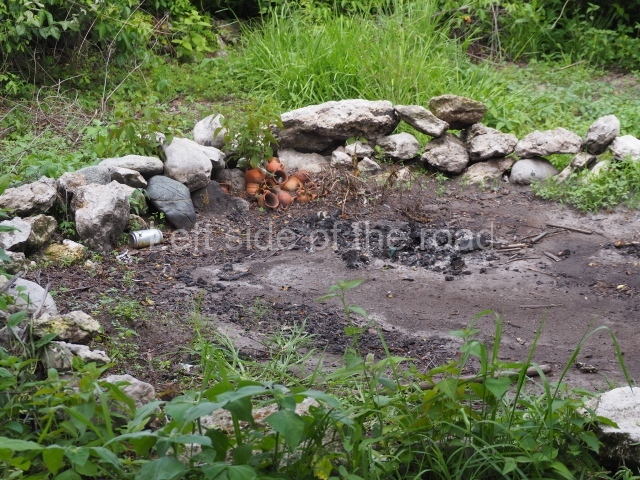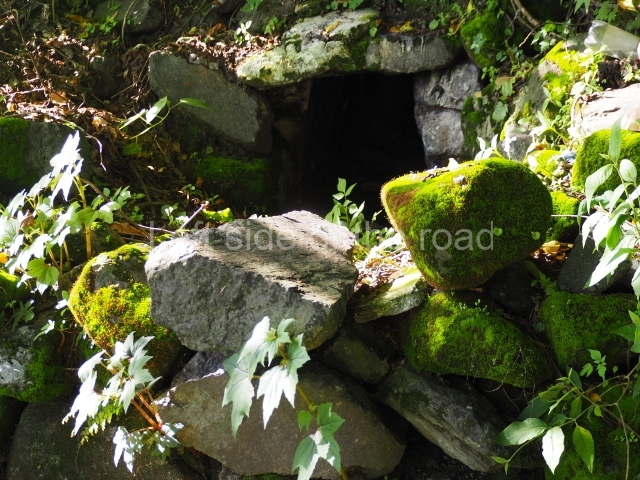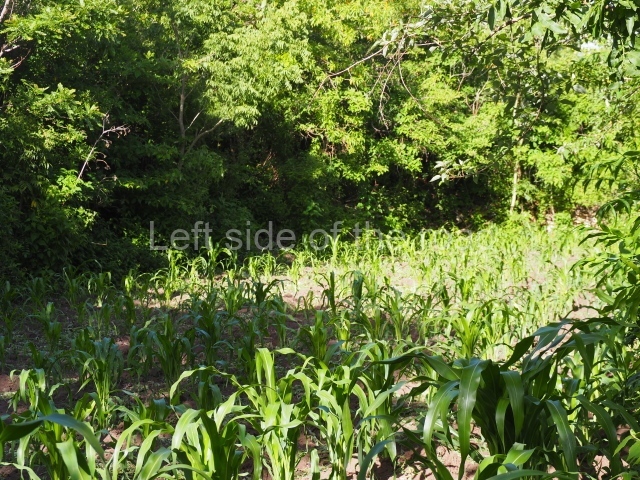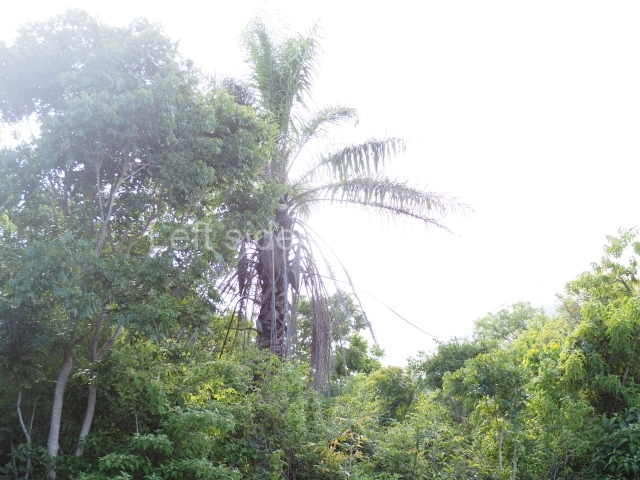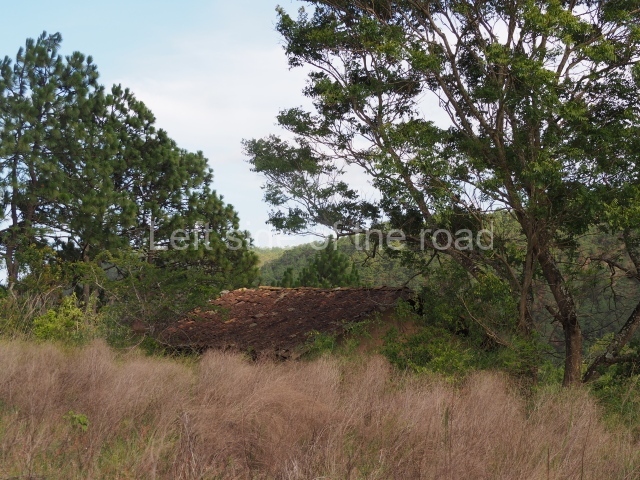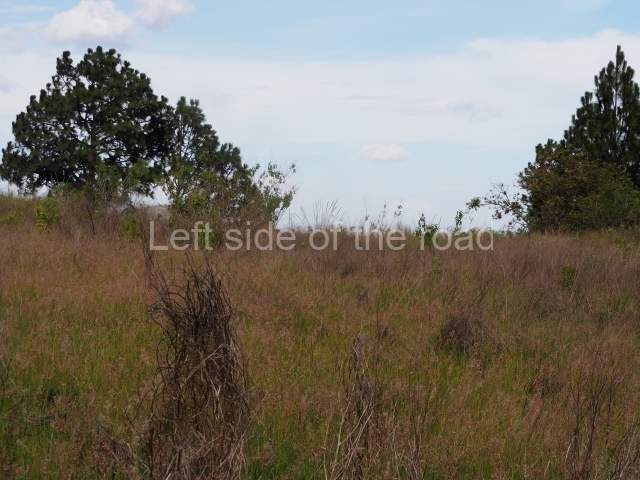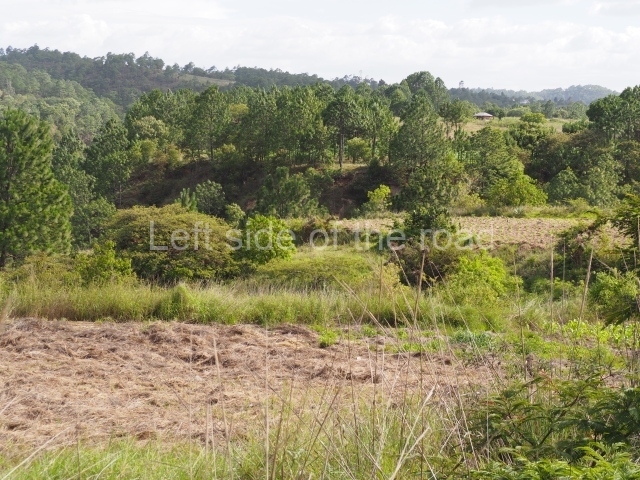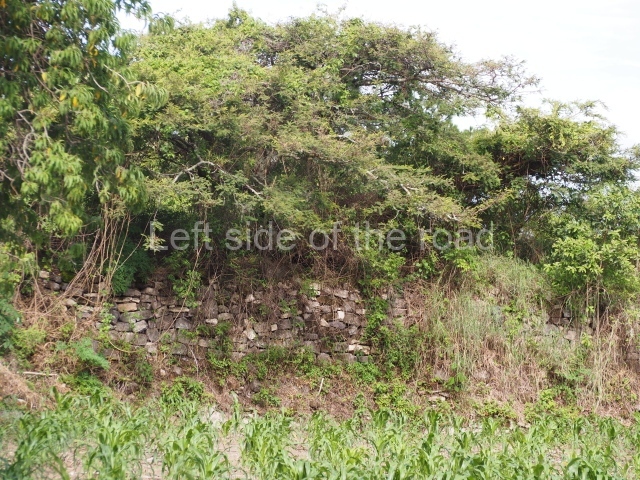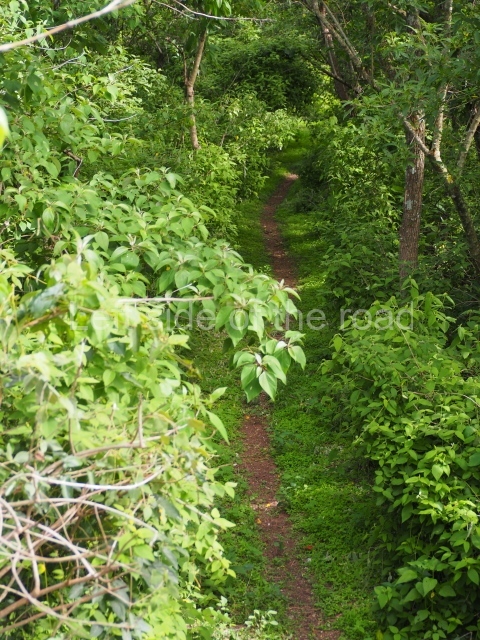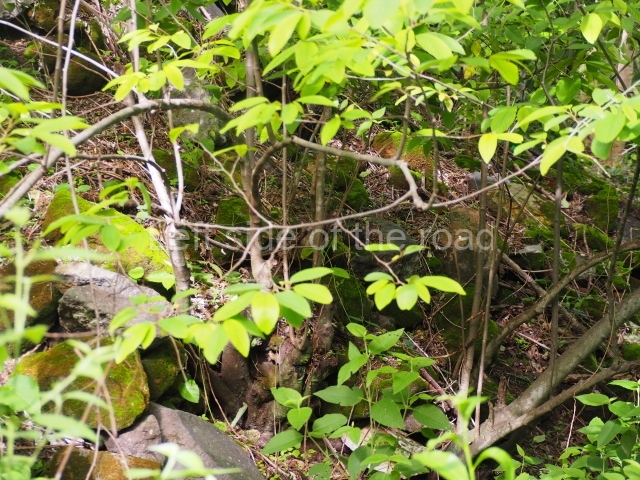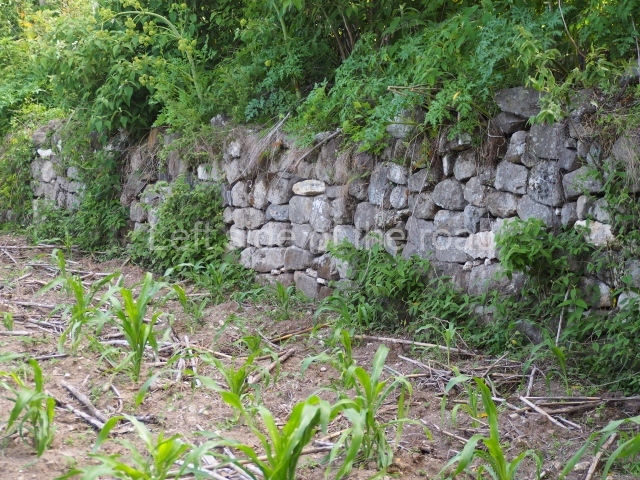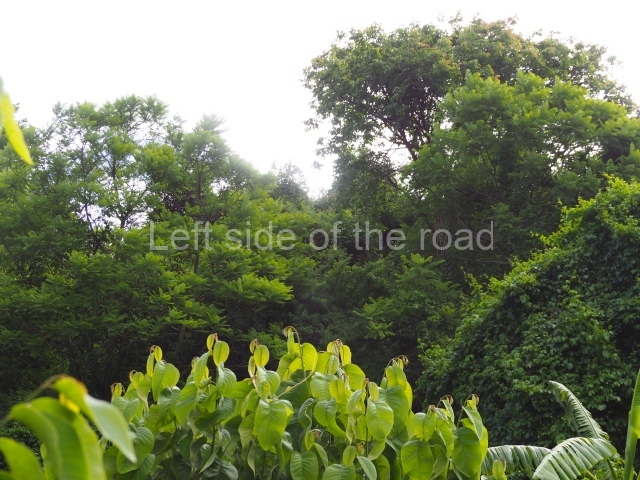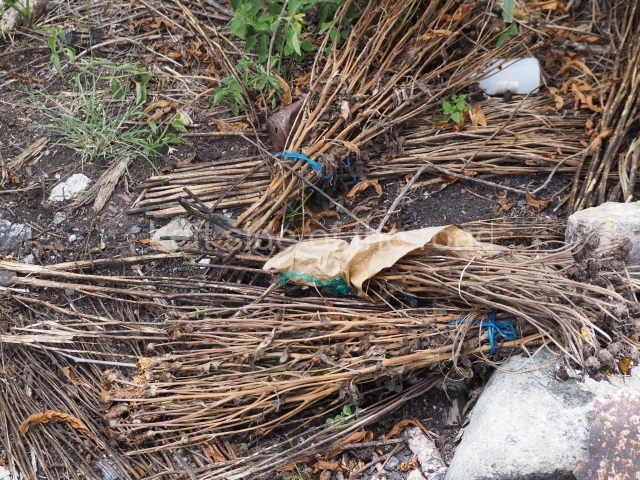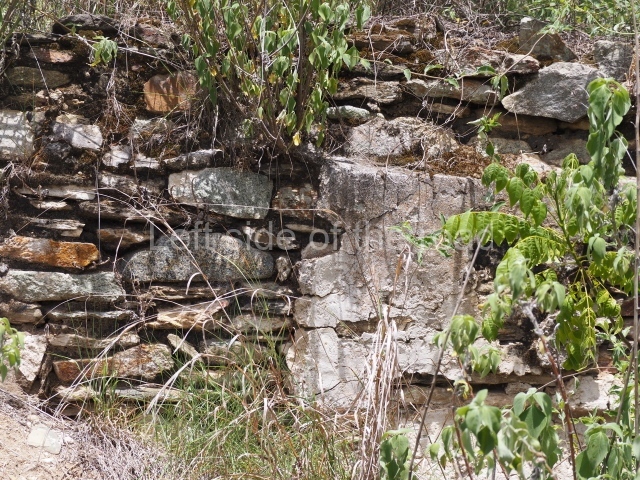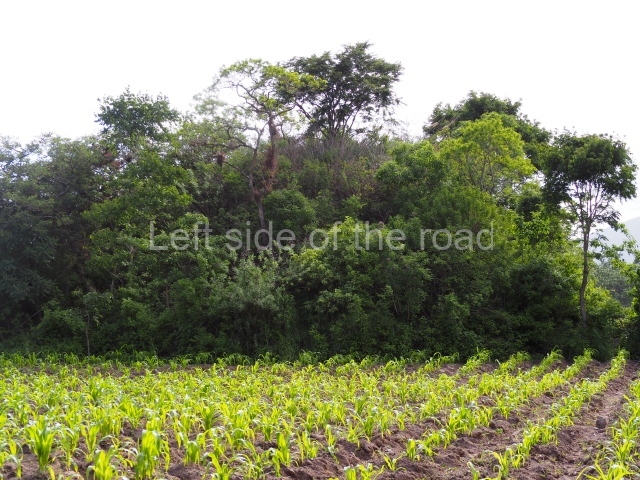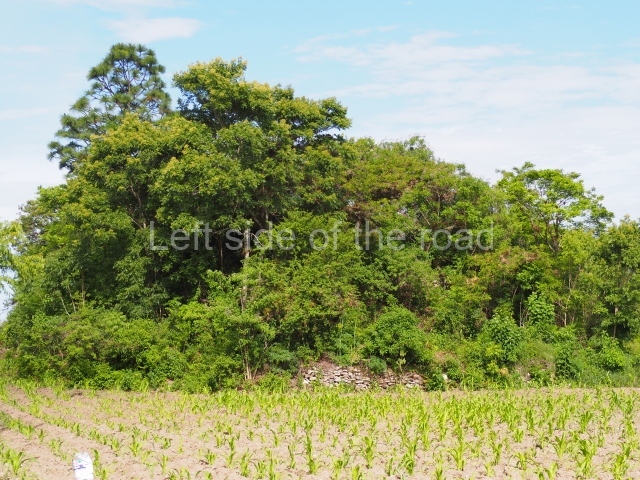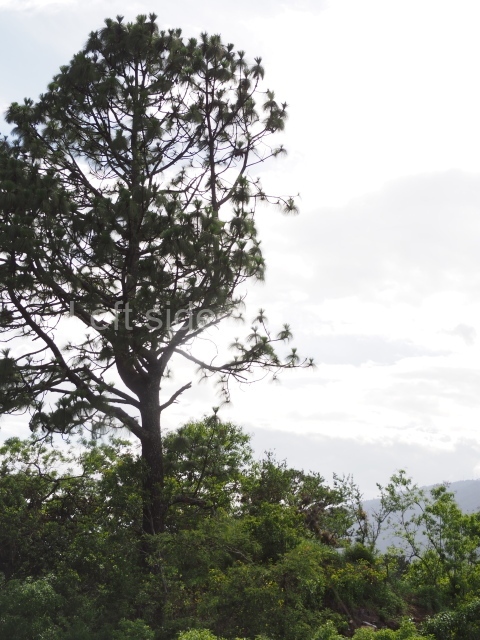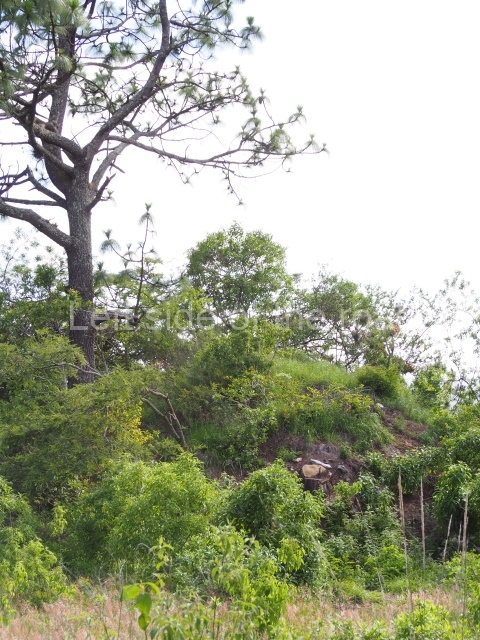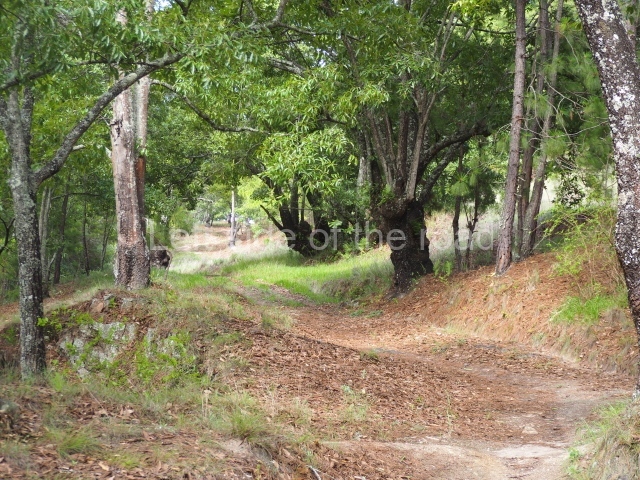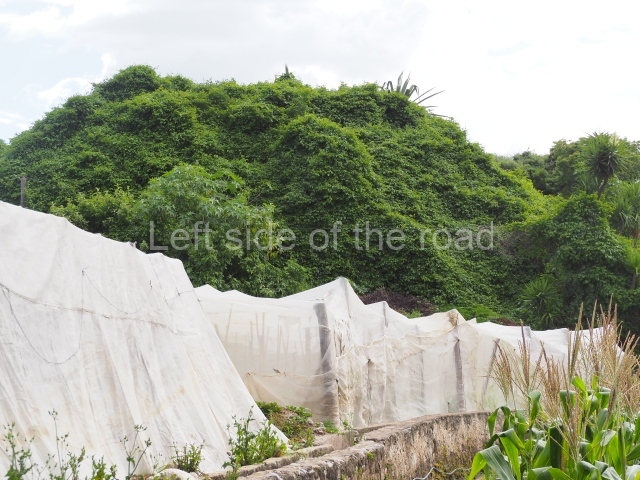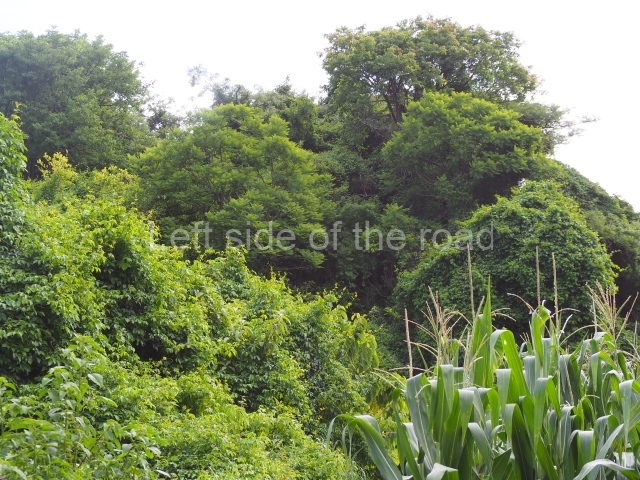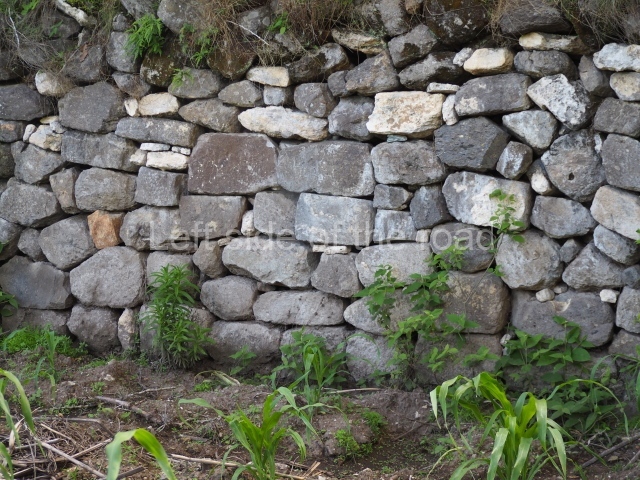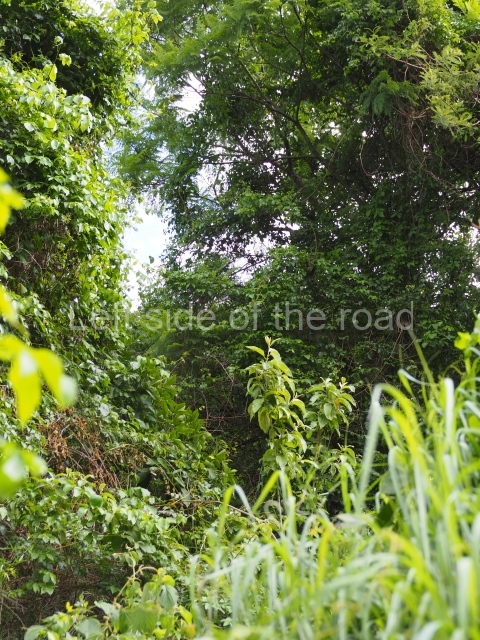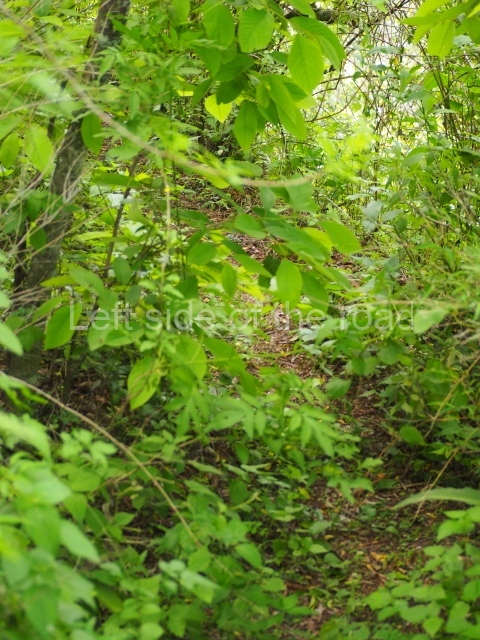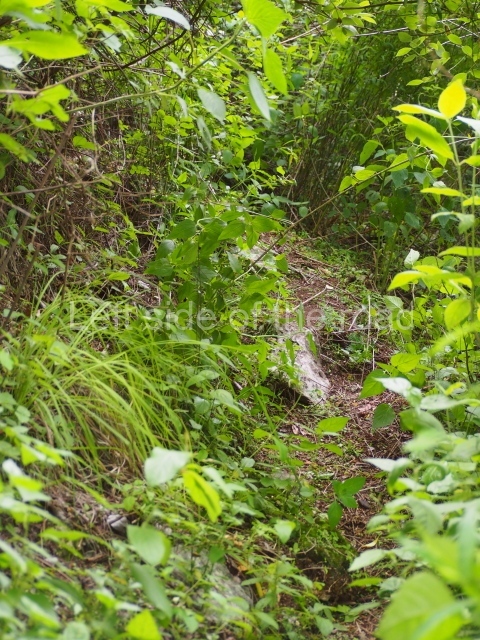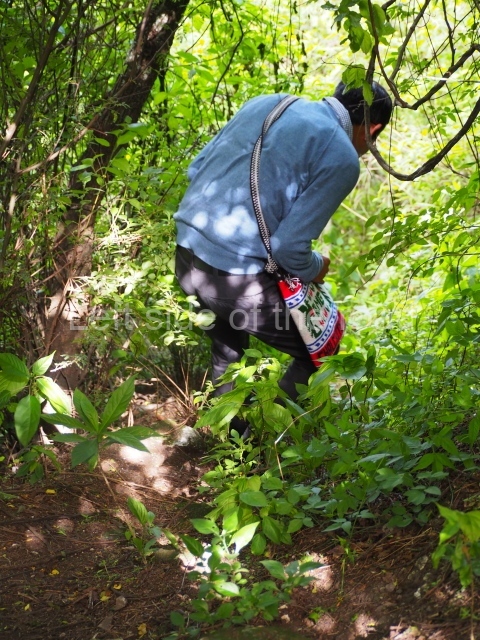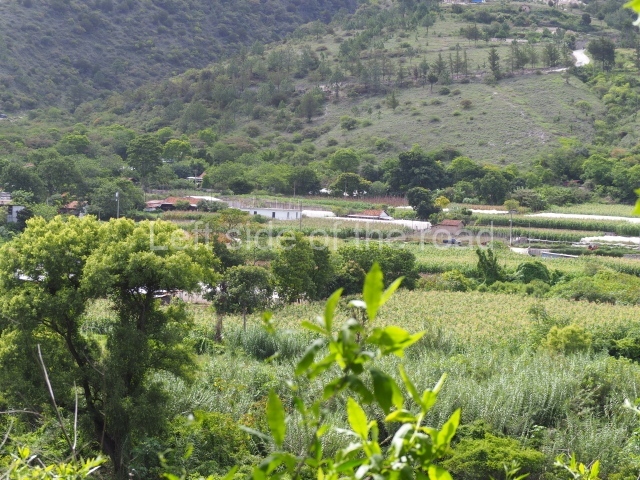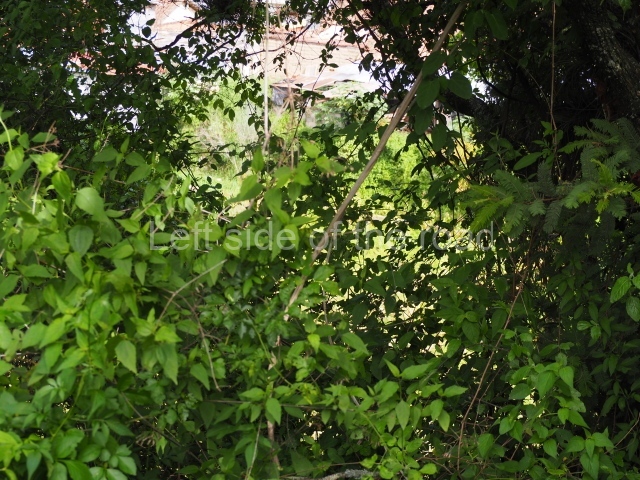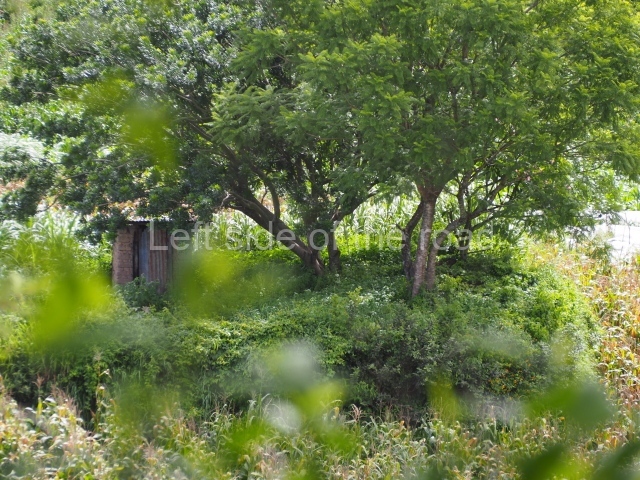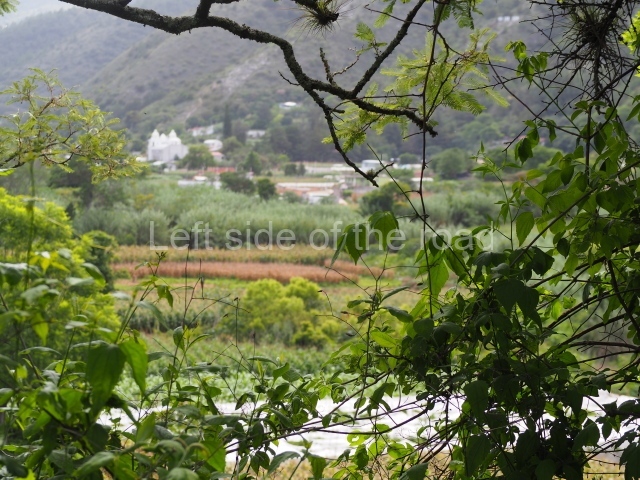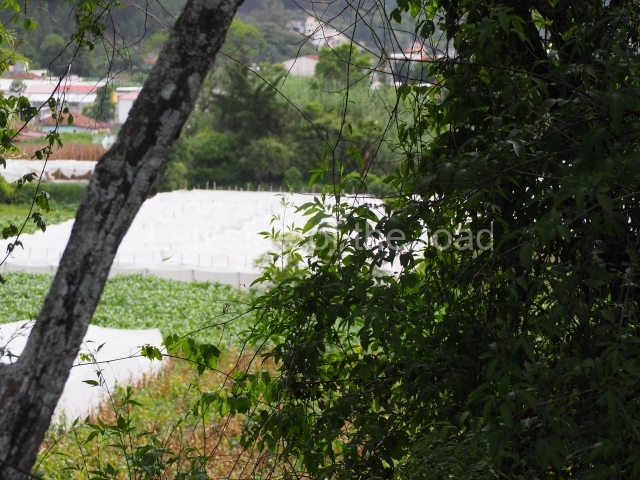More on the Maya
Chalchitan, Pueblo Viejo and Xutixtiax/Chutixtiox
Only a truly dedicated Mayanologist would get as excited as an interested tourist on first seeing the main pyramid at Chichén Itzá on seeing many of the unexcavated Mayan sites that exist in the Yucatan Peninsular region of southern Mexico, Guatemala and Honduras.
In some ways there is a certain worth in making the effort to see what some of these sites were like before the intervention of the archaeological investigation teams. After having visited some of the more famous (and many of the less famous) sites in Mexico and Guatemala I thought it made sense to see the conditions that these sites were in before the major work was carried out.
And it must be said that even identifying what might be a Mayan pyramid is not easy. A certain local knowledge of the area and the typography is useful as once knowing what to expect in the landscape would make you question that hill that shouldn’t be there.
However, once you eventually find yourself walking through the undergrowth you start to notice certain signs that human intervention has occurred at some time in the past. Loose stones don’t belong, they’ve obviously been brought from elsewhere. That large stone has too flat an edge to be natural. Nature doesn’t place stucco on a vertical surface. Small clues that as they accumulate tell you that this is an area where construction has taken place. How extensive and how important only greater investigation and intervention by experts will be able to tell.
This must have been the way that 19th century Europeans came across many of the sites that are now the day-trip destination of hundreds of thousands of tourists who head for the beaches of the north-west corner of the Yucatan Peninsular every year. It should always be remembered, however, that most of these sites were never really ‘lost’. Once the indigenous people realised how little respect the Spaniards had for their sacred places the only way to defend them was to keep quiet and let nature, over time, cloak these buildings in a green mantel to make them invisible.
And the Caucasian ‘explorers’ that started to follow myths and legends that they had encountered on their travels were not much better than the Spanish. Once they came across these sites they broke into them and took all the treasures within. The internationally famous tomb robber was Howard Carter who ‘discovered’ – and then effectively looted – the tomb of Tutankhamun in Egypt at the beginning of the 20th century. But such activities took place in Meso-America as well.
Although countries were making efforts to retain any archaeological finds in their own country the market for such finds was so great that the ‘black market’ for such objects was lucrative to many – both locally and internationally. It was and still is. So it is no surprise that local people in societies which had a glorious past which had subsequently waned are suspicious of outsiders and still keep silent if they are aware of such locations of potential interest. Not least, if anyone is going to loot these sites why shouldn’t it be them? (I’m not saying this is the case in those areas where the Maya built their cities but it certainly was the case in Peru some years ago.)
After a while you can start to see the outlines of these yet to be cleared cities once you have seen the layouts in those places where the undergrowth has been cleared away. And modern technology means that it is possible to see through all the vegetation and get an idea of what might be hidden underground.
But what at least 500 years of growth means is that what is underground is, to a great extent, safe. To start to clear away the thousands of tons of soil and vegetation starts to make it possible for looters to take advantage of the work of others. Also, as there’s more of a nod to respect indigenous people’s heritage it is becoming more and more difficult for archaeologists to argue the case for greater excavation.
As the sticker attached to one of the display cases in the Na Bolom Museum in San Cristobal de las Casas;
‘White men from very far away say they have discovered our sacred places of pilgrimage – Palenque, Bomanpak, Yaxchilan – but they didn’t do it. We took them there in exchange for machetes and rifles. Those sites have always been known to us, that is what our people believe. But the foreigners don’t respect this. They take away what they want, including what we had left as funereal offerings to our ancestors.’
Presented below are a couple of slide shows which give an impression of what the three sites in central Guatemala look like without any serious and long term investigation.
More on the Maya


